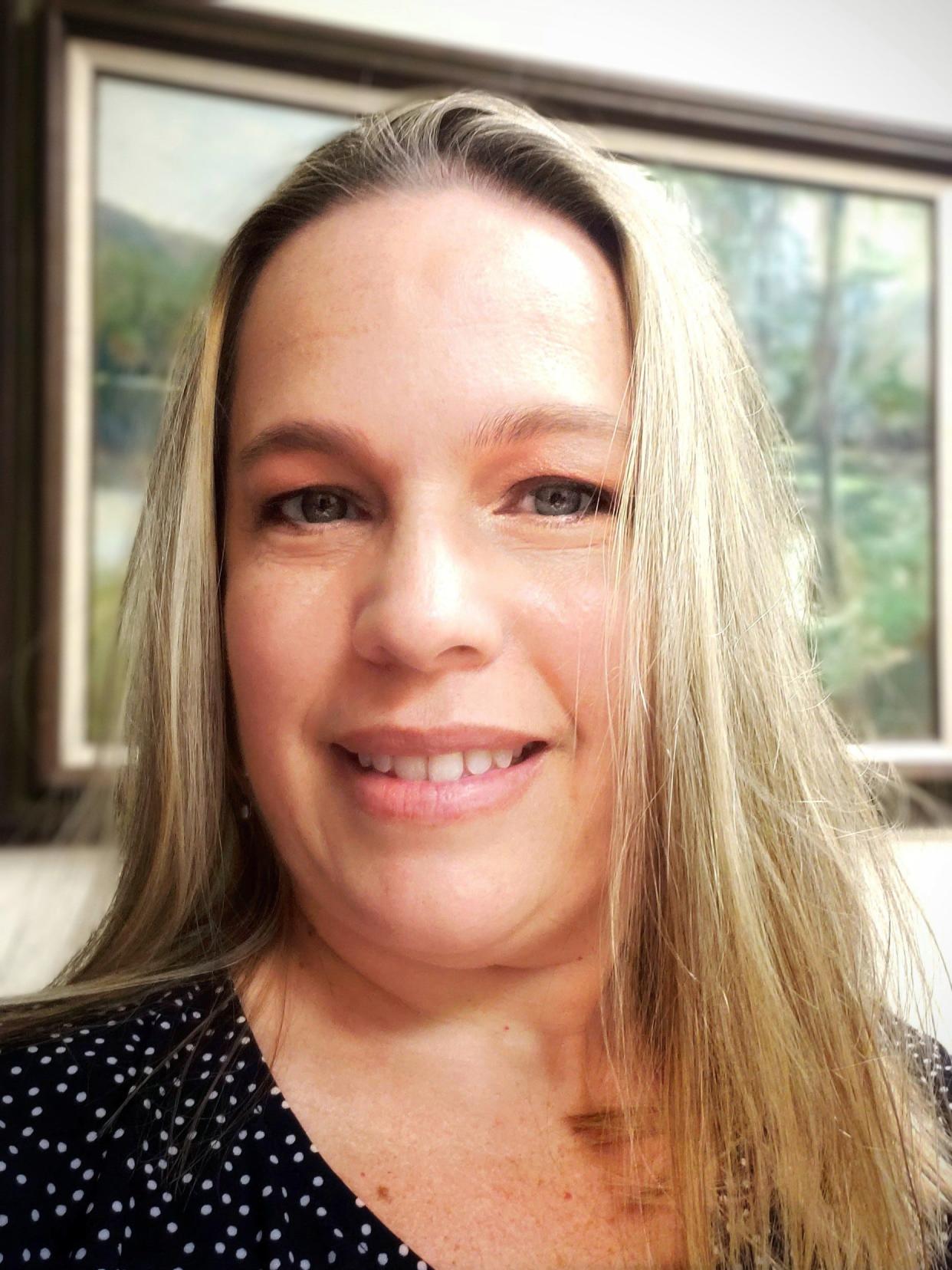Dr. Cynthia Nazario-Leary: Tips for attracting more pollinators to your garden

Have you heard the buzz about the benefits of pollinators? Do you want to attract more of them to your garden? Most flowering plants in our gardens rely on pollinators to produce fruit and seeds. These plants depend on bees, butterflies, moths, hummingbirds and other beneficial creatures to move pollen from one flower to another. Many vegetables and fruits, such as squashes, cucumbers and blueberries, will not produce without pollination. Indeed, the reproduction of more than 75% of the world’s flowering plants — including many of our food crops — depends on pollinators.
Why do pollinators visit flowers? Flowers offer insects two important foods — nectar (sugar) and pollen (protein). However, flowers are not equally appealing to all pollinators, and can vary in the amount and ease of access to nectar. Only flowers with nectar will attract pollinators. Flowers that are wind-pollinated, such as most grasses, do not make nectar and will not attract pollinators. Additionally, hybridized flowers, especially the “double” flowers, may be very colorful and attractive but offer limited pollen, and the plethora of petals makes it hard for pollinators to access the inside of the flower.
What are the best flower types to attract insect pollinators to your garden?
Composite flowers, like daisies or sunflowers, are very popular with insects because the compound flower heads offer up hundreds of tiny flowers, or “florets,” tightly packed together, allowing a pollinator to visit many flowers in one stop. These flowers also offer a landing pad where they can rest, and the small florets allow easy access to nectar.
Open bowl-shaped flowers, like coreopsis, are very easy to access and attract pollinators with a lot of pollen in the middle of the flower.
Umbrella flowers, like parsley or dill, provide small, flat, open flowers in bunches. These flowers appeal to many types of pollinators. They are easy for pollinators to land on, and their nectar is easy to access from the small, shallow flowers.
Lipped flowers, like mint or peas, are specialized flowers with a lip at the front of the flower that acts as a landing platform for the insect. As the pollinator pushes its head into the flower to get at the nectar, it brushes against the flower and gets pollen placed on its back, ensuring it will carry it to the next flower.
Other plants have tubular flowers and appeal mainly to moths, butterflies or hummingbirds that push their long, thin tongue into the center of the flower to drink the nectar.
Once you’ve selected your flowers, it’s time to maximize insect-pollinator access in your garden.
Some pollinators, such as honeybees, learn flower patterns and how to best access flowers. They want to be as efficient as possible and not waste energy.
Flower color also is important. Bees are attracted to the colors blue, purple, violet, white and yellow while butterflies are attracted to the colors red, yellow, orange, pink and purple.
The larger the floral display, the more attractive the grouping will be to pollinators. Group plantings or plant in clumps so there are more flowers in a small space compared to singular plants.
Use plants that vary in height and size to increase visual appeal and provide a diversity of flowers in a small space. Use a variety of plant types to ensure there is always something in bloom through the seasons and providing food for a variety of pollinators. Consider incorporating some plants in shadier areas, and include native plants to attract native pollinators.
Now that you’ve welcomed pollinators to your garden, make them feel at home by providing a clean, shallow source of water and consider providing an open, sandy area for ground nesters. Limit the use of pesticides, and if you do have to use a pesticide, read the label and instructions carefully to minimize pesticide exposure to pollinators. Lastly, spend some time in the garden and enjoy your new pollinator visitors!
To learn more about managing your Florida landscape, reach out to UF/IFAS Extension Alachua County’s office to speak with a Master Gardener Volunteer at 955-2402 or mag@alachuacounty.us, or visit Alachua County’s Florida-Friendly Landscaping Program webpage at bit.ly/AlachuaFFL.
— Dr. Cynthia Nazario-Leary is the Environmental & Community Horticulture Extension Agent for UF/IFAS Extension Alachua County. Contact her at cnazarioleary@ufl.edu or 955-2402.
This article originally appeared on The Gainesville Sun: Dr. Cynthia Nazario-Leary: Tips for attracting more pollinators

